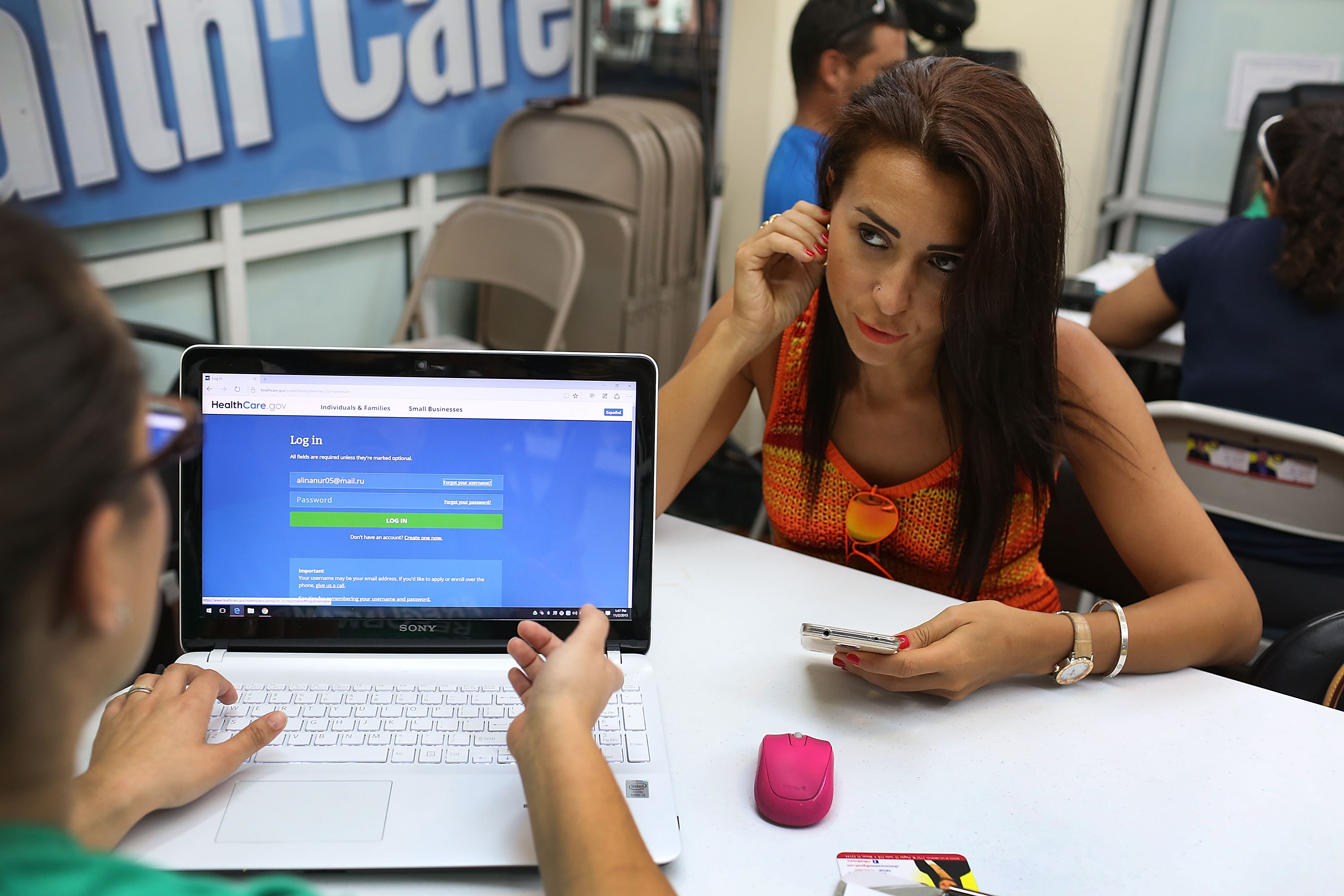If you haven’t been following the health care policy developments in Washington, D.C., you could think that the Affordable Care Act (ACA), or Obamacare, is dead. But despite many efforts by Congress to repeal the law, they have so far been unsuccessful. The Trump Administration has also done its part to compromise the law, including shortening the enrollment period, slashing funding for marketing of open enrollment and grants that pay for navigators around the country who help individuals enroll in health care plans.
Nevertheless, the open enrollment period begins today, which is the time when individuals can enroll in new health care plans through state or federal insurance marketplaces. Most people who purchase insurance directly on these marketplaces are those who aren’t offered coverage through their employers, but earn too much to qualify for Medicaid. By the last data released in March, over 10 million people were enrolled in plans through the ACA. People of color have seen larger drops in the uninsured rate than Whites under the ACA, but continue to be more likely to be uninsured. Small businesses and other employers can also purchase group plans through the ACA marketplace.
Below are some questions and answers to help you navigate this year’s enrollment period.
How long is the enrollment period?
You can enroll in a health care plan through the federal ACA marketplace between November 1st and December 15th, 2017. There are nine states that run their own state exchanges, and some have extended their enrollment periods. And find out whether your state has its own exchange—as well as the dates for enrollment—by going to healthcare.gov.
When does coverage begin?
January 1st, 2018
What happens if I’m uninsured and choose not to enroll in a health care plan?
One of the primary ways the ACA functions is by requiring everyone to have insurance (this rule is known as the individual mandate). The penalty for not being insured is $695 per adult or 2.5 percent of household income, whichever is higher. Penalties are assessed during the tax filing process.
What if I can’t afford a health care plan?
There are a variety of plans at a range of price points. If you make less than $48,000 per year, you likely qualify for a subsidy that will make your health care plan significantly more affordable. You can see if you qualify for a subsidy and what your plan options are on the healthcare.gov site. The marketplace will also let you know if you qualify for Medicaid, which is dependent on income level, family status and the state where you live.
What if I’m already enrolled in a health care plan through the ACA?
You can use this period to consider switching to a different plan, if you’d like to change insurers or premiums. Your premiums have likely gone up since last year, especially if you don’t qualify for a subsidy. You should have received notice from your insurer about the new plan and rates for 2018, but you can also use healthcare.gov to examine your options. If you take no action, you will be automatically re-enrolled in your current plan or the most similar option to it.
What if I have questions about using the marketplace or picking a plan?
The Trump Administration has slashed funding for "navigators," the people who’ve been paid to help individuals enroll in ACA plans. Depending on your state, there are still some navigators, but it will be significantly harder to get help than in previous years. However, there are also insurance brokers, who are paid by commission from your insurance company, to help you decide on a plan. Use this page on healthcare.gov to find options for local help in your state.
What happens if Congress repeals the law next year?
If somehow Congress finds the support they need for an ACA repeal, it will take a year or two to go into effect, so it’s still worth getting coverage now if you are uninsured.
